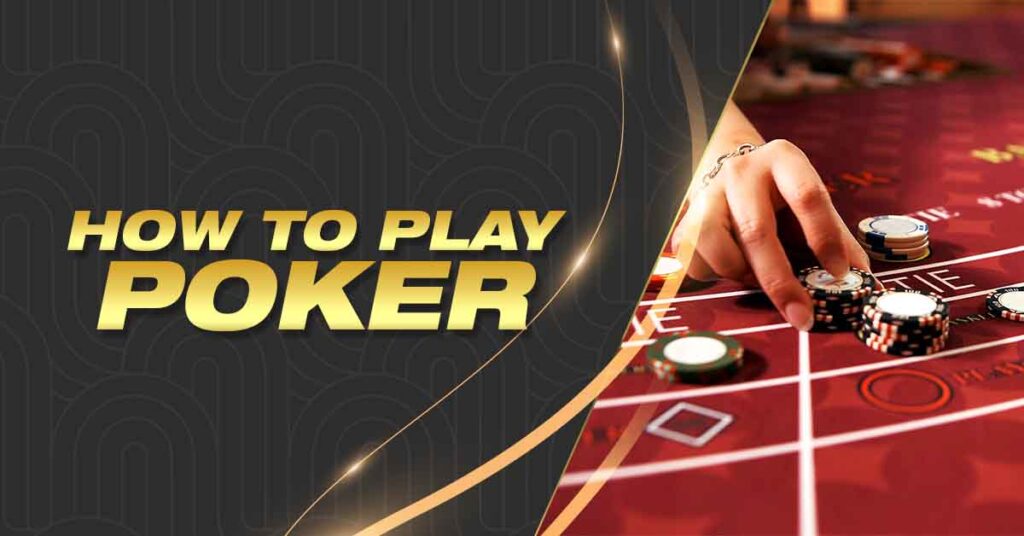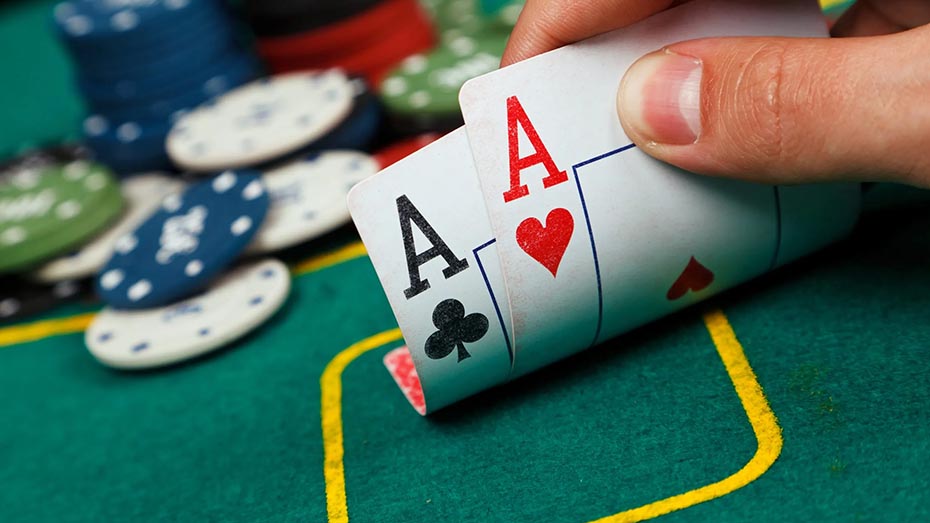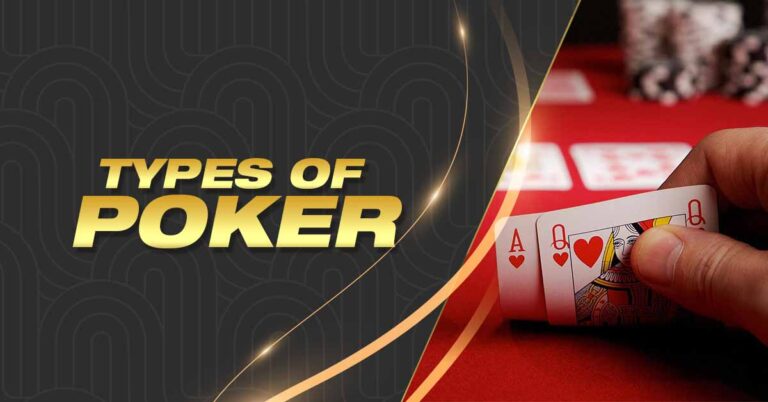How to Play Poker: A Step-by-Step Guide to Play and Rules

This guide will explore the ins and outs of playing Poker like a professional. Understanding the game is crucial whether you’re a beginner or have some experience. Poker is more than just chance; it also requires strategy skills and knowing when to make the right moves. Throughout this guide, we’ll break down the basics of Poker, from the different hands to essential strategies that can elevate your game. By the end, you’ll know how to approach Poker and play at a more advanced level.
How to Play Poker Step by Step
In the first part of the game, which is also called the Pre-Flop, things start with the player to the left of the dealer placing a small forced bet and the player to their left putting in a bigger forced bet, known as the big blind. After these bets, everyone gets two cards facing down, one at a time, starting with the player who placed the small blind bet. Once all players have their two cards, the one to the left of the big blind begins the first betting round. Players can fold, call, or raise the stakes in this round.

Moving on to the next part of the game, the Flop, three community cards are placed face up on the table. Players can use these cards and their own two cards to create the best five-card poker hand. After the community cards are dealt, there’s another betting round. Throughout the entire hand, starting from this point until the end, the player in the small blind initiates the action. If the player is in the small blind folds, then the first person to the left of the small blind with the remaining cards starts the action.
In the third stage, the Turn, another community card is added to the table, making four face-up cards. Once this fourth card is dealt, the third betting round begins.
The fourth and final stage, the river, reveals the fifth and last community card. It marks the final betting round, and players must decide whether to proceed to “the showdown” with their poker hand.
After the last betting round, it’s time for the Showdown. It is when the cards are revealed on the table, and the game’s winner is the person with the best five-card poker hand.
Additional Information About Poker Rounds

The dealer gives everyone two cards. Sitting to the dealer’s left, the first player decides what to do. They can:
If someone bets, the other players can:
It goes on until everyone has called or put all their chips in. After the first round, the dealer puts three cards face-up on the table. These are for everyone to use, and it’s called the Flop.
Everyone still playing can bet, raise, or fold. Then, the dealer adds a fourth card (the Turn), and the same betting options happen. Once more, a fifth card (the river) is added, and players can bet, raise, or fold.
If more than one player is left after the final betting, the cards are shown, and the player with the best hand wins the chips. You can learn more about determining the winning poker hand with our calculator.
Poker Hand Rankings and Betting Structures

Before you start playing Poker at a casino or online casino, it’s important to know about hand rankings and how betting works. Understanding the basics is important.
Poker Hand Rankings
A poker hand is a set of five cards. Your hand can be:
If you use table cards, they’re called ‘community cards.’ The hand rankings stay the same whether you have all the cards or use community cards.
Here’s a list of poker hand rankings from highest to lowest:
| Poker Hand | Description | Example Hand |
| Royal Flush | A straight from 10 to Ace of all the same suit | 10♦ J♦ Q♦ K♦ A♦ |
| Straight Flush | A straight with cards all of the same suit | 5♥ 6♥ 7♥ 8♥ 9♥ |
| Four of a Kind | Four cards of the same value | A♦ A♥ A♠ A♣ X |
| Full House | A pair and a set | K♦ K♥ 4♦ 4♠ 4♣ |
| Flush | Any five cards of the same suit | 5♣ 9♣ 10♣ K♣ J♣ |
| Straight | Five cards in sequential order, without matching suits | 2♣ 3♦ 4♥ 5♥ 6♠ |
| Set (or Three of a Kind) | Three cards of the same value | A♦ A♥ A♠ X X |
| Two Pair | A pair and another different pair | A♠ A♥ 6♣ 6♠ X |
| Pair (or Two of a Kind) | Two cards of the same value | J♣ J♠ X X X |
| High Card | A hand with no other value than the value of its single highest card | K♣ J♠ 2♣ 8♥ 6♠ |
Betting Strategies in Poker

Here are some simple betting strategies to consider when playing Poker:
Raising
If you’re happy or not with your cards, there are simple reasons to think about raising your bet:
Check-raising
If a player decides not to bet early in a betting round but then raises after an opponent has bet, it’s a common poker move called ‘check-raising.
People often check-raise when they have a strong hand and want others to put more money into the pot. They do this because they believe they can win. For instance, if you have a pair of low-value cards and get a set on the Flop, opponents who raised before the Flop may have high-ranking cards like aces or kings. They may need to bet if you check initially.
In the same vein, check-raising can be utilized as a bluffing tactic. When opponents have demonstrated strong cards before the Flop and the community cards on the table are low, it is necessary to play aggressively.
Slow Playing
If raising the bet might make another player quit early in the game, a better choice is to play it cool. Instead of raising, check and call. Then, cross your fingers that your opponent stops floating betting more strongly later in the game, like on the Turn or River. This way, you can catch them off guard.
Exploitative Betting
This type of betting is about figuring out how another player acts and using that to win. It can also mean finding opponents’ mistakes and using betting to exploit them.
For instance, if a player keeps giving up many times, an opponent could take advantage by playing more aggressively and bluffing a lot.
Folding
If you don’t believe your cards can win or the bets are too big, it’s okay to stop playing. If you’re sure your opponent has an even better hand, you should only give up a strong starting hand, like having an ace or a pair.
FAQs
Conclusion
In conclusion, To play Poker like a pro, focus on learning the basic rules first. Understand the value of different hands and practice making strategic decisions. Additionally, practicing online at Winph Casino can be beneficial. Winch offers a user-friendly platform where you can enhance your poker skills, compete with others, and enjoy various games. Consistent practice and a thoughtful approach will help you improve your poker game over time.
















